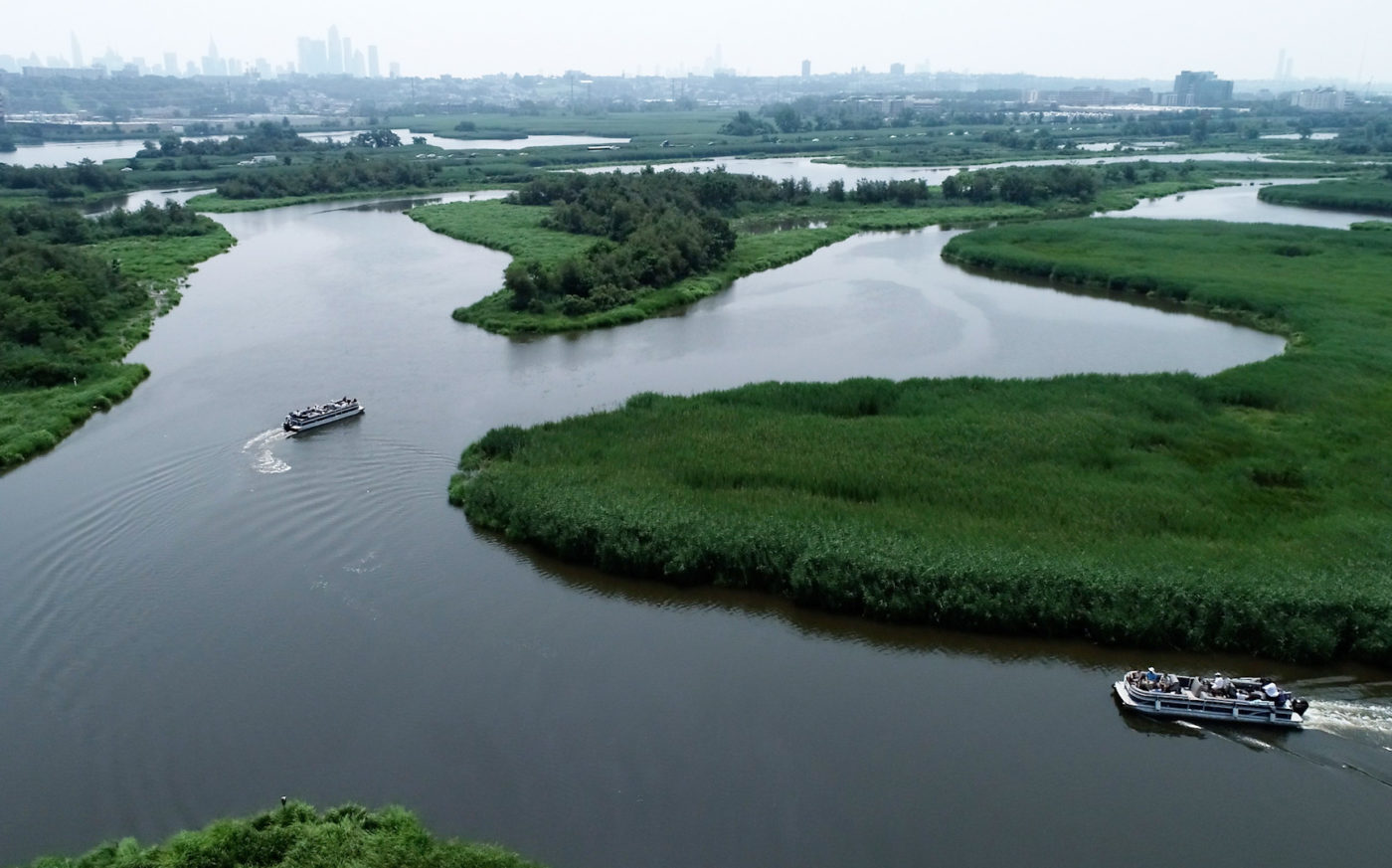Frequently Asked Questions
Doesn’t the Clean Water Act already do enough?
No. The Clean Water Act was enacted half a century ago. The threats to American waterways are persistent and the law must be fully enforced in order to address the very real challenges that currently exist as well as those emerging.
Aren’t environmental regulations bad for the economy?
No. Clean water is essential for a strong economy. Agriculture, industry, fisheries, restaurants, recreational businesses, breweries, and many others depend on abundant sources of clean water. We also need clean water to protect the health and well-being of people, communities, fish, and wildlife.
Why update the Act now?
As we celebrate the 50th anniversary of the Clean Water Act, it’s important to recognize its shortcomings and fight for a fully implemented and enforced Act that thoroughly protects American waterways, and, by extension, American citizens.
